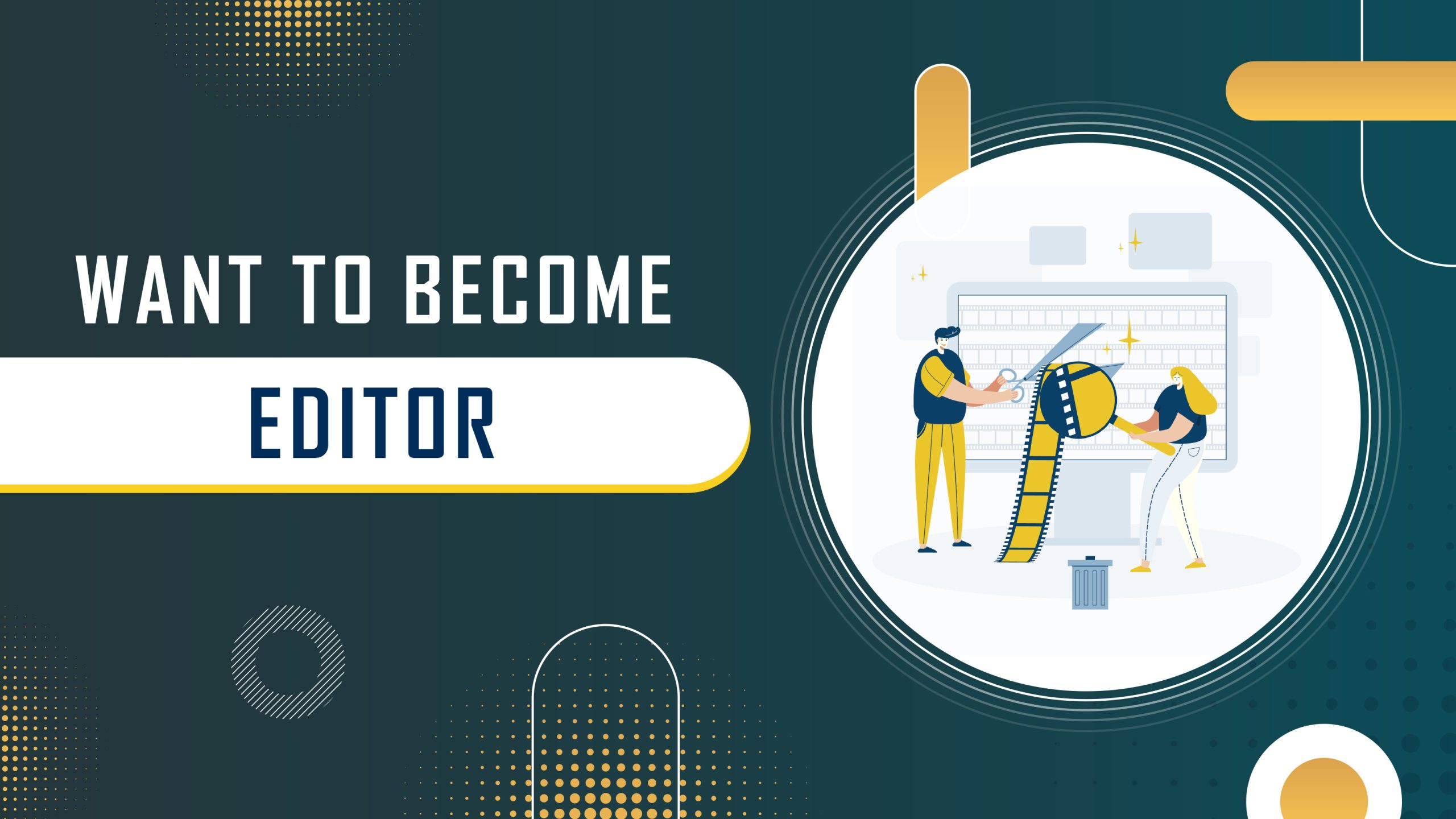Film Editing
Film Editing is a course that introduces students to the art and technique of film editing. It covers the fundamental principles of editing, including pacing, continuity, and rhythm, while also exploring the impact of editing choices on storytelling and emotion. Students will gain hands-on experience with industry-standard software, learning how to assemble scenes, create transitions, and enhance narrative flow. The course also delves into the history of film editing, offering insights into how iconic editors have shaped the language of cinema.
What you’ll learn
Hands-on Practice: Gain practical experience with industry-standard editing software, working on real-world projects to develop your editing skills.
Fundamental Techniques: Learn essential editing principles such as continuity, pacing, and rhythm, and how they influence storytelling.
Creative Storytelling: Explore how editing choices shape narrative structure, emotion, and audience engagement in film.
History and Theory: Study the evolution of film editing, analyzing iconic films and editors to understand the craft’s development.
Collaborative Projects: Work on group projects that simulate professional editing environments, fostering teamwork and communication skills.
Guest Lectures: Benefit from insights and advice from experienced editors and industry professionals through guest lectures and workshops.
Portfolio Development: Build a strong portfolio of edited scenes and projects to showcase your skills to future employers or clients.
Course Contents
Understanding Continuity and Timing
- The 180-degree rule, match cuts, and eye-line matches
- Pacing and rhythm in film editing
- Practical exercise: Continuity editing with provided footage
Montage Theory and Techniques
- Exploring different types of montages (Soviet, Hollywood, etc.)
- How montages influence narrative and emotion
- Practical exercise: Creating a montage sequence
Sound and Music in Editing
- Syncing audio with video
- Using sound effects, dialogue, and music to enhance storytelling
- Practical exercise: Editing a scene with a focus on sound design
Editing for Genre
- Techniques specific to various genres (e.g., action, drama, horror)
- Case studies: Analysis of genre-specific editing styles
- Practical exercise: Editing a short scene in a specific genre
Working with Multiple Camera Angles
- Multi-camera editing techniques
- Managing different perspectives and angles
- Practical exercise: Editing a multi-camera scene
Advanced Editing Techniques
- Working with visual effects and transitions
- Non-linear storytelling and narrative structure
- Practical exercise: Editing a scene with complex visual effects
Editing Dialogue and Performance
- Cutting for performance and pacing dialogue scenes
- The impact of editing on actor performances
- Practical exercise: Editing a dialogue-heavy scene
Color Correction and Finalizing the Edit
- Basic color correction and grading techniques
- Preparing the final cut for different platforms (cinema, TV, online)
- Practical exercise: Finalizing and exporting a project
History of Film Editing
- Overview of key milestones in the history of film editing
- Case studies: Analyzing the work of legendary editors
- Discussion: The evolution of editing styles and techniques
Collaborative Editing
- Working in teams and understanding the post-production workflow
- The role of the editor in the broader film production process
- Group project: Collaboratively editing a short film
Final Project Presentation
- Students present their final editing projects
- Peer review and feedback sessions
- Final exam or project submission

Film Editing

75.5 hours – 24 Lectures

Intermediate

By Srinivasan